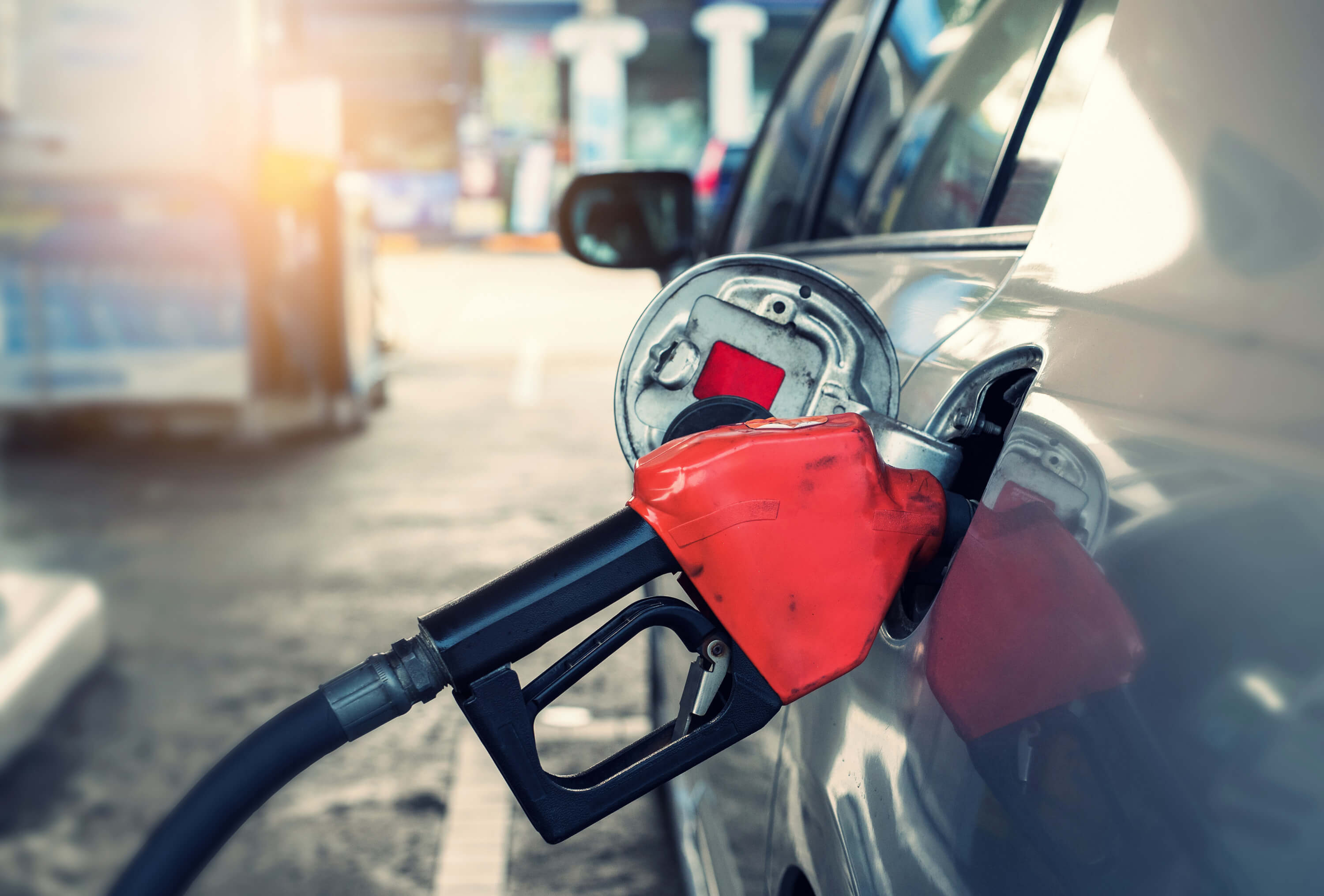
The Pumping Predicament
Why New Jersey continues to pump the brakes on self-service gas.
New Jersey’s quirky reputation is hard earned, but one peculiarity stands out: It’s the only place in America where you can’t pump your own gas.
Laws against self-service used to be common: In the late 1960s, nearly half the states in the U.S. had one. But as fuel dispensers became safer and credit cards made paying at pumps possible, those states began to reconsider. By the early 1990s, nearly four out of five gas stations nationwide were self-serve.
For decades, Oregon and New Jersey were the last two holdouts, but Oregon reversed its ban in 2023.
That leaves the Garden State. Its self-service ban, which went into effect in 1949, has a colorful history: It was born of a thuggish, Sopranosesque effort to thwart competition. In the late 1940s, a man named Irving Reingold opened a self-service station in Hackensack, offering gasoline at a lower price than his competitors. Those competitors tried to intimidate Reingold—complete with a drive-by gas-station shooting. When that didn’t work, they formed an alliance and proposed the self-service ban.
As an economics professor based in New Jersey (but from the Midwest), I’ve taken a keen interest in this rule. And I don’t think it’s going anywhere—for now, at least.
Why New Jersey’s ban is here to stay.
Despite the ban’s unsavory origins, New Jersey residents seem to like it. Nearly three out of four New Jerseyans oppose lifting the ban, a 2022 Rutgers poll found. That same year, a Monmouth poll found that a slight majority would support allowing self-service gas, but only if the state required all gas stations to offer full service as an alternative. If the state didn’t do that, then 60% said they’d support maintaining the current ban.
Because of this, self-service stations may be the most bipartisan public policy issue in New Jersey. When asked about the self-service ban in 2019, Gov. Phil Murphy said that trying to reverse it would be “political suicide.” Chris Christie, a Republican, and Jon Corzine, a Democrat, met the same resistance.
Do drivers benefit from the plan?
There are reasonable arguments for and against the ban. One is that banning self-service leads to higher prices at the pump because it boosts labor costs. A recent study found that gasoline prices fell 4.4 cents per gallon after Oregon partially removed its ban in 2018.
However, prices likely won’t fall more than a few cents per gallon if the ban is repealed. That’s because having full-time gasoline pumpers lowers stations’ insurance costs because of fewer accidents and less risk.
What about the workers?
People also support the self-service ban for a practical reason: It creates jobs. There are 3,205 gasoline service stations in New Jersey. If each station employs two attendants, that would add up to 7,410 employees across the state. These are jobs that are open to people with limited education, which is a big deal at a time when blue-collar service jobs are being replaced by automation.
But the labor issue is complex and the net economic effects from lifting the ban remains unclear. There’s a movement to put the issue on the ballot in November 2024 and let Oregon voters decide whether to reinstate the ban. If successful, this will be an election that New Jersey politicians—and self-service gurus—will watch closely.
In the meantime, if you want to pump your own gasoline in the Garden State, fuhgeddaboudit.

Robert H. Scott III is a professor in the Department of Economics, Finance, and Real Estate and the Arthur and Dorothy Greenbaum/Robert Ferguson/NJAR Endowed Chair in Real Estate Policy.